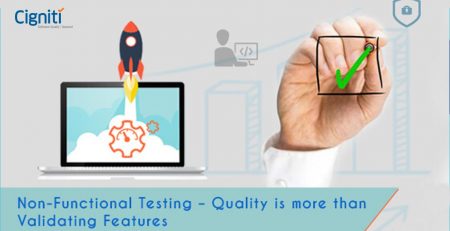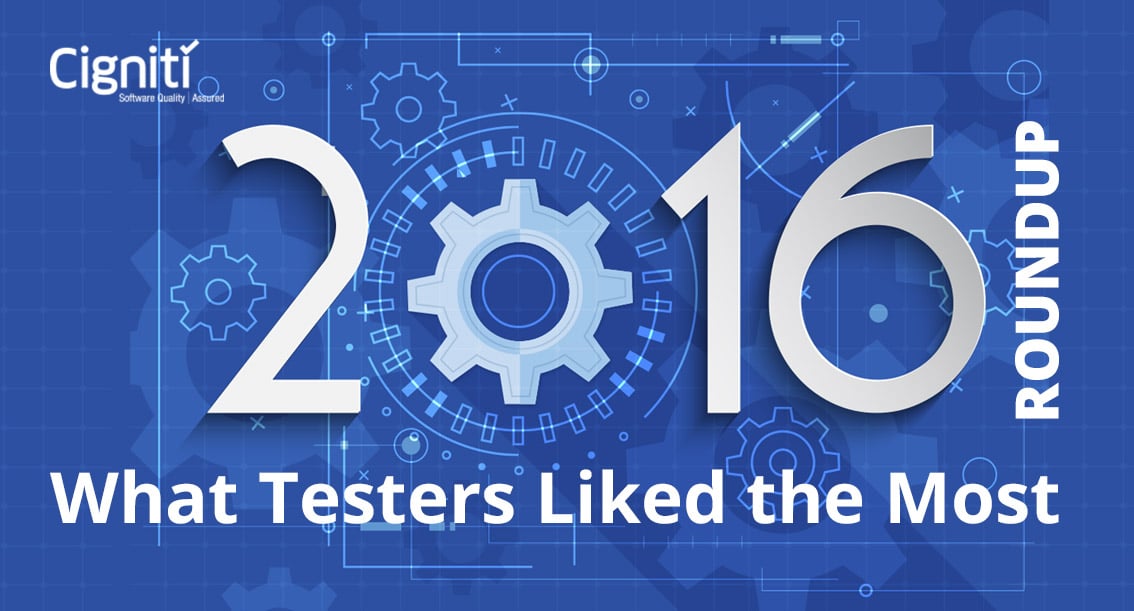Data Migration testing – Why and How?
The IT systems or applications of an organization capture, translate and present data in a defined manner enabling informed business decisions. Hence, data is the lifeline for the success of any business. To be able to deliver right information at the right time in the right format to the right set of people / stakeholders, data migration becomes essential at times. Some common scenarios wherein data migration takes place:
- As a response to the changing business dynamics, organizations resort to mergers & acquisitions. In such cases, data is usually migrated from one system / application / environment to the other and consolidated.
- Organizations go with application consolidation to bring down their operating costs
- Maintenance of applications / IT systems – technology and hardware upgrades wherein data needs to be migrated from legacy systems to the latest ones.
For e.g. upgrading the existing data bases, change in servers and relocation of data centers etc.
Data can be migrated manually, but an automated ETL (Extract–Transform–Load) tool is often used for data migration. An ETL tool maps the source data structure to the target data base, also improves the quality of data by incorporating certain business rules as needed. Data migration becomes quite challenging when it involves a complex application with enormous data. A proper plan of migration is required in order to keep up the quality, reliability and integrity of data. Challenges of Data Migration include:
- Improper assessment of existing data in terms of quality, nature and behavior can turn out to be a huge pitfall
- Data is prone to get corrupted during migration which might result into crash of applications / IT systems
- Mismatch of units for some fields in the target and source data bases
- Loss of data might lead into incorrect business decisions
- Extended duration of data migration leads to extended downtime for the application
- Ignorance of interdependence between various fields and objects results into serious mishaps
- Data migration might hamper stability and functionality of application and performance of data base
- Any changes to source DB during migration of the data leads to inconsistency of data in target DB. Likewise, changes in target application during data migration makes itself incompatible to the migrated data.
A well-defined testing strategy is essential to mitigating the risks involved and delivering a successful data migration. Here are some of the best practices for Data Migration Testing:
- Analyze the business requirements and build the end-to-end migration specification, then review and manage it appropriately. Create a comprehensive data migration testing and validation plan.
- Set up an all-inclusive data migration team involving representatives from IT, management and user community. Considering individual skill-set of each team member, train them on data migration principles, legacy and target systems.
- Verify the scope of data migration periodically. Scope frequently gets refined based upon the limitations exposed through pre and post migration testing.
- Categorize success and failure circumstances and identify application interface requirements. Execute performance testing and record the execution time of migration process to understand if it is falling within the acceptance criteria
- Lay out a proper action-plan to back up the existing environments, source and target databases. Backup should be taken accurately and maintained well so that it doesn’t get impacted by any unexpected system failure. This helps in re-starting the tests and reproducing bugs as needed while testing. The original data and its backup has to be deleted after a successful data migration.
- Establish post-production support to avoid or reduce issues which occur when the system is made live
- Review and inspect the failures of data migration observed during testing. Subsequently, proceed with the data migration again.
- Explain the benefits of data migration from legacy system to the new system / application to all the stakeholders. They should be notified about the time period of the migration process, and till when the old system will not be in use. It advises them to not to raise an incident / service ticket to resolve the issues arising in the existing application, and to not to change the environments or platforms used during migration
- Evaluate business and compliance risks as they play a vital role in the implementation of IT systems. In addition to this, identifying common sources of migration errors helps in defining a proper testing strategy.
- Create a robust log generation mechanism that generates a result for every iteration. It also captures not only field name mismatches, but also values like time taken to execute each record.
Owing to the criticality of the data and its usage in the business decision-making, data migration testing becomes much important. It requires specialized skills, expertise, tools, and resources. As a collocated independent software testing services & specialist QA staffing services company, Cigniti Technologies provides advanced data migration testing services. Contact us to navigate through your data migration needs successfully.





Comment (1)
Data migration is a very tedious and boring task. Such a pain in the neck. But not now because I am using GS Richcopy 360. Using this I can automate my file transfer and it provides multi threaded file transfer which makes file transfer very fast. Give it a try, maybe it can help you too!